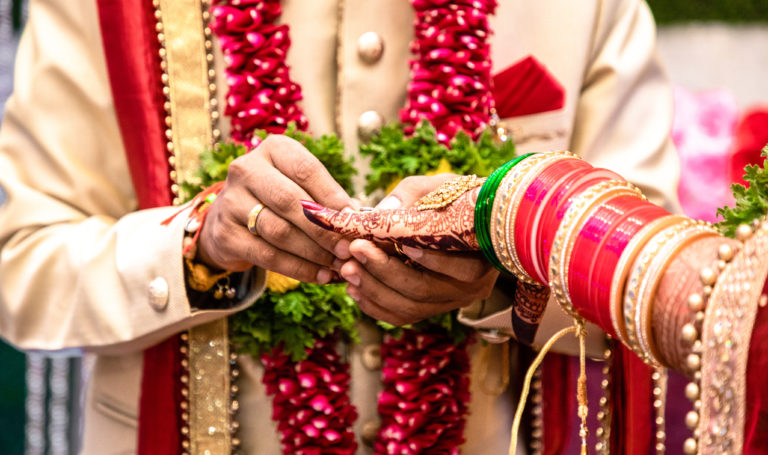Purposes and Functions of Jewelry
We sometimes take simple things for granted, like the purpose of jewelry, for example.
Jewelry has served a variety of different functions and purposes since its first creation tens of thousands years ago. We’ll explore some of these as we delve into a bit of history.
Click here to read about the origin of jewelry
EARLY JEWELRY DESIGNS
The simplest function of jewelry is its use as a buckle on belts or straps. Similarly, brooches and pins have been serving to hold garments closed for thousands of years. Building on these simple functionalities, the design of buckles and brooches evolved to include the aspect of being decorative, which in itself is the most popular function of jewelry today.
CULTURAL SIGNIFICANCE OF JEWELRY
Many cultures also used jewelry to signify their social status and wealth, such as in India’s caste system where only the higher castes are allowed to wear jewelry. But across many other cultures elaborate jewelry and ornaments worn on clothing and body indicated ones wealth.
As much as jewelry can express social ranking, it also serves to convey affiliations to groups, or in the larger sense the commitment to matrimony, such as signified by the wedding band. Crosses display the belonging to a specific religion. Elaborate ornaments and symbolic pieces of jewelry are also worn to signify the affiliation with a guild, a brotherhood or fraternity. A good example of this is the Mason ring. This is quite a common function of jewelry still nowadays, in the United States and many other modern societies.
Elaborate chains and ornaments have been utilized to embody authority, a political role or duty, or the holding a public office. These uses were extremely significant in ancient and medieval times, but are still common in the modern world from a simple policeman’s badge to Great Britain’s traditional Queen’s Guards, Sentry of the Grenadier Guards, and judges in court.
JEWELRY AS A TALISMAN
Another function of jewelry is to protect the wearer from evil, misfortune or sickness. More common in Eastern and African cultures, this can also be found less widespread in Western societies: Feng Shui followers wear crystals to attract good energy or calmness, and beads for good health. For the Celts, the clover symbolizes good luck.
MODERN JEWELRY
And then, of course, the most common usage of jewelry in the Western world is for decoration and personal adornment. The abundance of different styles and materials has something to offer for everybody of all interests and likings.

